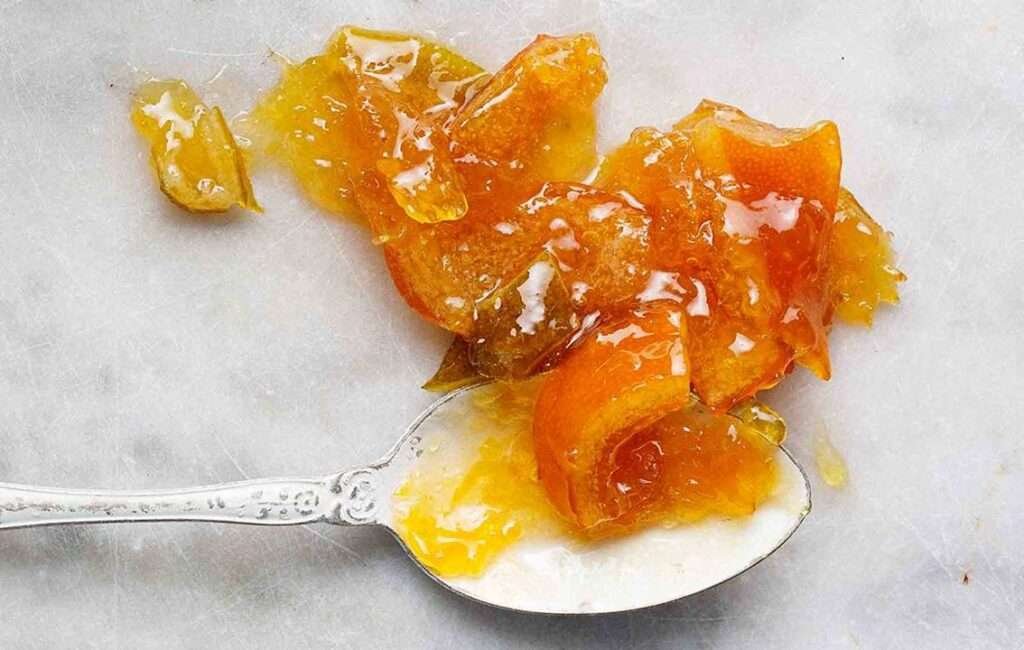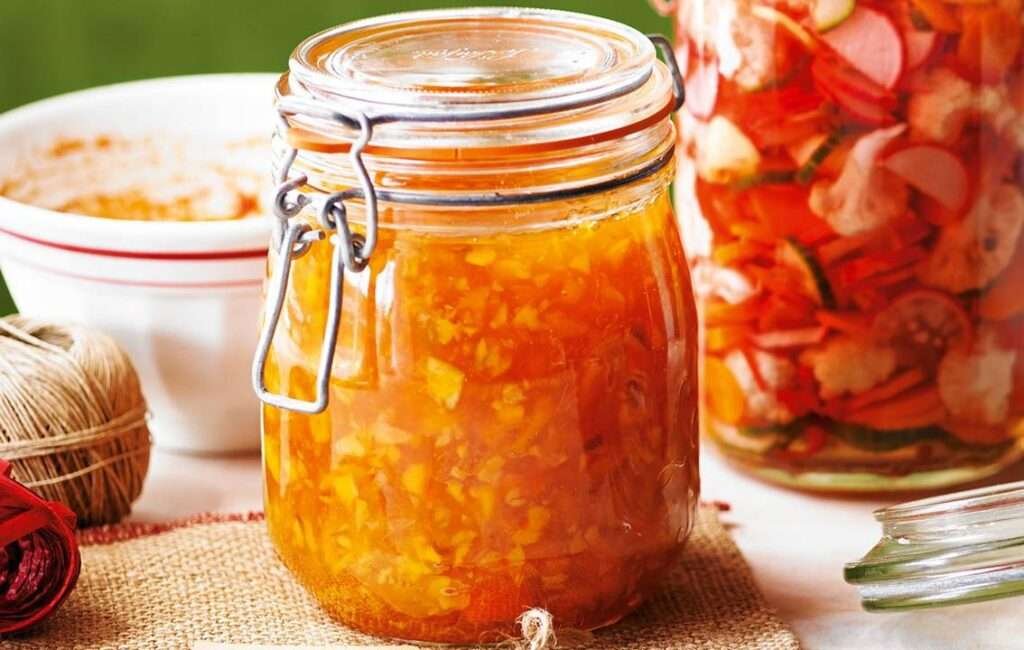


A LONG STANDING TRADITION OF CITRUS CULTIVATION
First introduced to Cyprus through eastern trade routes, citrus fruits have become central to Cypriot cuisine. Enhanced by the island’s fine climate and fertile land, a long-standing tradition of citrus cultivation is now firmly in place across the island. The association with citrus is further enhanced by the production of Cyprus marmalade. This Cypriot staple has a rich history rooted in the island’s culture after the practice of preserving various citrus fruits in several ways was adopted across the island. The tradition of making a citrus-based marmalade dates back to the late 16th century, adding both depth and diversity to the Cyprus marmalade story.
A MARITIME ORIGIN
The origins of the popular preserve go all the way back to the early 15th century. Portuguese sailors began to preserve quinces by boiling them with sugar during long voyages. This reduced them to a bittersweet paste that was then usually taken along with dry biscuits. The word marmalade, as a result, derives from the Portuguese word for quince ‘marmelo’. This crude paste would eventually become known as marmalade or marmalada. Although this early version of marmalade bore little resemblance to today’s refined orange-based preserve, it did set a precedent for the evolution of the tangy marmalade that we all enjoy today.
EMBRACED BY THE BRITISH
The simple marmalade recipe made its way to Britain by the 17th century. Bitter-sweet Seville oranges, prized for their aromatic zest and tart juice, proved to be perfect for British-made marmalade. With this in mind, they were regularly imported to Britain directly from Spain. Their sharpness was perfectly offset by the sugar content of British marmalade. This created a balance that soon captured the British palate. Janet Keiller of Dundee, Scotland, is credited with creating the first commercially sold British marmalade. This is after her husband purchased a shipment of bitter oranges at a bargain price. Her homemade recipe helped to establish marmalade as a quintessentially British staple.
A VICTORIAN BRITISH STAPLE
Marmalade would go on to gain cultural significance during the Victorian era Britain. The unassuming preserve soon became a breakfast table fixture and directly reflected Britain’s growing love affair with citrus fruits and leisurely breakfasts. Marmalade also cemented its association with winter, particularly the month of February, when Seville oranges are typically harvested.
A UNIQUE CYPRIOT MARMALADE
Mirroring this popularity, marmalade production in Cyprus was greatly encouraged and came to the forefront during the island’s British colonial period. The production of Cyprus marmalade was greatly encouraged, and it became readily available throughout the island during this period. The uniqueness of Cyprus oranges, which are the main ingredient of Cyprus marmalade, directly led to the development of Cyprus’s own unique-tasting marmalade.
A MIX OF LOCAL FLAVOURS & TECHNIQUES
As with other regional and international variations of this product, Cypriot marmalade incorporates local flavours and techniques that give it its unique taste. Scottish marmalade, for example, often includes a touch of whisky, giving it a bespoke smoky richness. Meanwhile, in Japan, yuzu marmalade, which is instead made from the tart of citrus fruits, has become a popular alternative to traditional versions of the spread. Today, contemporary artisanal makers the world over continue to experiment using a whole range of different citrus fruits. Several of these artisans constantly infuse the classic preserve with new flavours and textures. Despite these innovations, traditional Cyprus marmalade remains a beloved classic, revered for its complex interplay of sweetness and bitterness.


